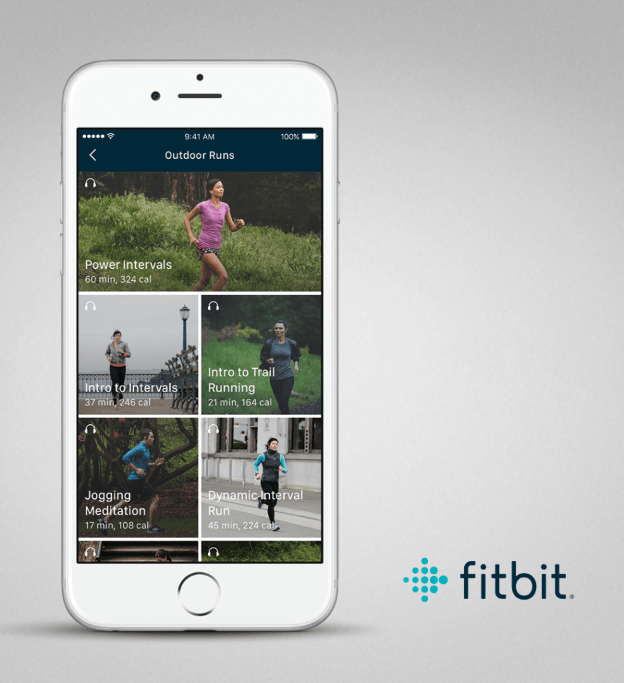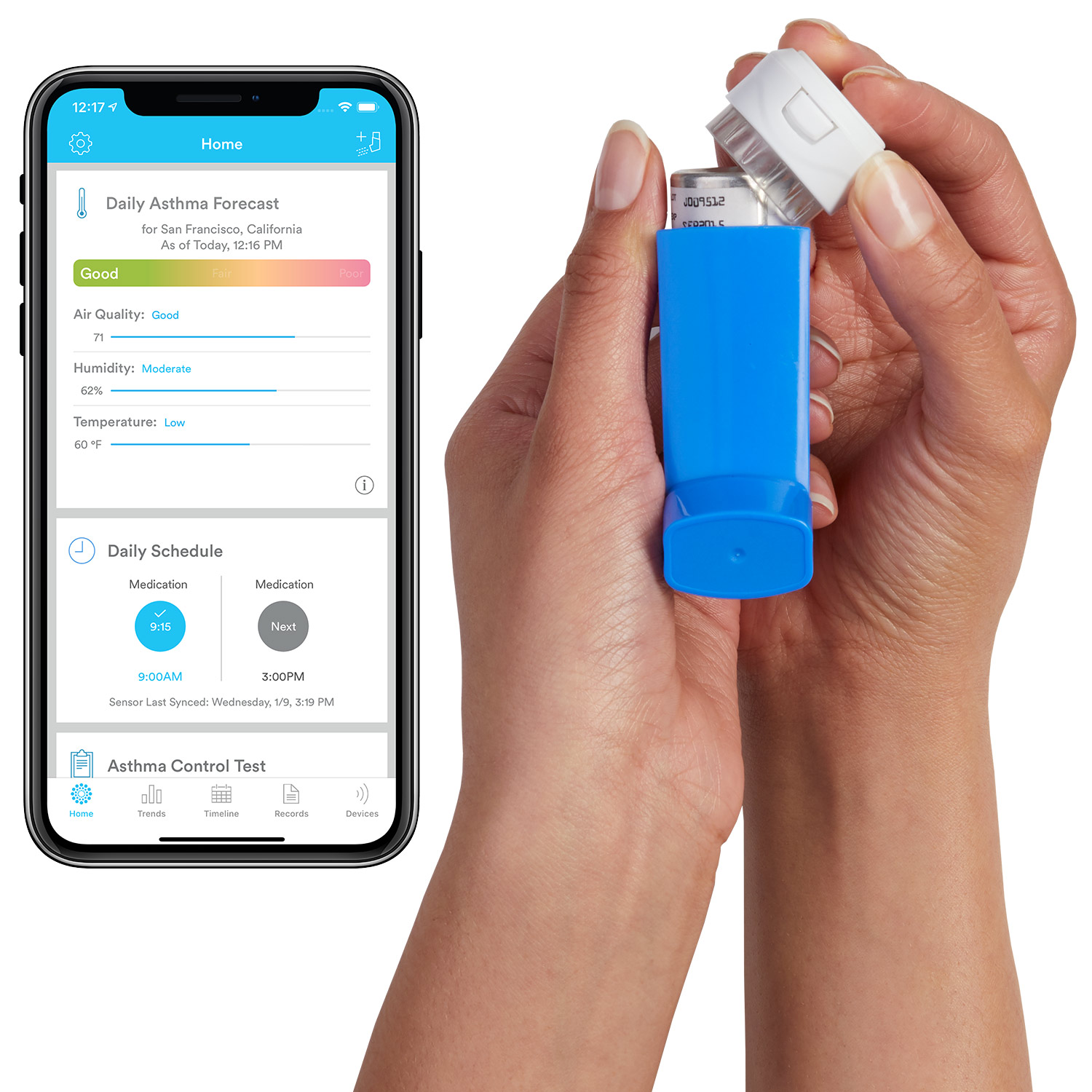In the previous post of this series, we explored ways by which recurring revenues can be obtained from connected products. In this post, we extend the investigation to Smart Products. Two questions immediately come to mind. When does a product become ‘smart’ rather than simply connected? And is does being smart really equate with being useful? Do smart products, which make use of some form of machine learning or another form of artificial intelligence capability, really help users? Equally of relevance, do they create value for the companies that create them? distinguishes a Smart Product from merely a connected one, and how can it add value not only to the user but also to the bottom line. This post will focus mainly on consumer products, rather than on B2B applications.
The beginning – the App as a remote control
The first wave of connected products brought app control to a wide range of appliances, from cars to lighting, home heating and security problems. The main user benefit was the ability to control the products from wherever you are – whether it is slouched on the couch, or out and about. No need to walk up to the light switch to turn on the lights when watching a horror film, you could now use your Philips Hue app. These products were not truly smart (despite the ‘Smart Home’ moniker) – they mainly added remote control capability. The app was effectively a much more user-friendly remote. At most it added timer and scheduling capabilities to devices that were previously simple on-off switches, such as wall plugs and light switches.
So how does one go about adding (artificial) intelligence into the loop? Here follows a few of the possible approaches, all based on making use of the data generated by a connected product and its users.

1. Rules-Based Control – Automating your digital life
The first point where products could be considered “smart” was the introduction of Rules-based control. This was popularised by the company IFTTT (If This Then That), which provided an online platform for the interconnection of products and online services. You could now turn on the coffee machine automatically when your Fitbit realises that you are waking up, or start flashing your home lights when your security alarm detects an intrusion. IFTTT brought two main advantages. First, it provided a single platform which acted as a hub where smart device manufacturers could connect to, allowing interconnectivity between all devices and services connected to it. Secondly, it provided means by which users could bring automation to their connected products, for example by automatically enabling the home security system if IFTTT detects that all users are no longer at home. The system provided just one simple algorithm: If Something Happens Then Do Something.

2. Assisted Scheduling – Making life easier
The first product that moved beyond simple rules-based control of IFTTT and popularised learning behaviour in a connected product was the Nest Smart Thermostat which launched in 2011. One of its key features was its Auto Schedule learning algorithm which allowed the thermostat to automatically create a temperature schedule based on the temperature adjustments manually made by users. As the desired temperature was dialled up or down at different times of the day, the thermostat would progressively refine the programmed temperature profile across the week.
The main user benefit was convenience. Manually programming a time schedule is often cumbersome. Additionally, it is difficult to create a schedule that reflects the user’s desired need as there can be a disparity between the schedule a user thinks he or she needs and the one that actually works best. By fine-tuning the schedule in response to how users feel, the Auto Schedule capability sought to create the most comfortable temperature profile that best matched its users’ lifestyle.
Despite its purported advantages, there were several problems. What became very obvious was the issue of who’s in control? Having an ‘intelligent’ device making decisions as to when to turn the heating on and off left many users feeling out of the loop. A research paper a couple of years after Nest was launch described users wondering as to what the thermostat was trying to do, checking on it many times, trying to figure out why it is doing what it was doing, in other words, trying to second-guess its behaviour.
3. Optimisation – Where computing power beats human intuition
We then move to an area where algorithms excel over anything people are capable. Namely, optimisation – identifying quickly what is the best and most efficient course of action to achieve a given outcome. An obvious example is an in-car route planner or navigation system. The first car navigation solutions such as those offered by Garmin and TomTom initially took solely into consideration the static, unchanging roadmaps – for example, the type of road, one-way routes etc. As connectivity became ubiquitous, primarily through the use of smartphones as navigation devices, the use of other information such as current roadworks, user preferences and traffic conditions allowed for the creation of more accurate and reliable route predictions.
This is an area where people simply cannot compete with machines. Given enough information and well-trained algorithms, optimisation is a task which we should simply leave to machines. These algorithms range from classical control algorithms as used in thermostats, heuristics and neural networks and deep learning as used in-car navigation software will inevitably out-perform human-based intuition.

4. Insights – Applying Nudge Theory & Behavioural Economics
As the navigation use case above showed, data collected by smart products has value at an aggregated, ‘big data’ level, as well as at an individual, personal level. Many smart product companies are now exploring ways on how to play back all user’s data into a form that is relevant, intelligible, but above all, actionable. Many applications of smart products aim to craft the and present the data in a way to allow users to meet their goals. Take, for example, the Wiser Heat Smart Thermostat, on which I spent a few very enjoyable years working with some very smart people. Not only does it model the heating characteristics of your home (heat loss, insulation, local weather, heating effectiveness) to optimise the efficiency of your heating system, but the app has been recently upgraded to show how often you make use of its energy-saving features, such as Away Mode or Eco Mode, giving an indication of how much energy has been used.

This is a basic use of behavioural economic theory, where deliberate style and frequency of communication over a period of time can ‘nudge’ users towards achieving certain goals. These techniques are used everywhere, from financial planning tools such as MoneyHub, exercise and fitness apps and wellness apps, all aim to curate how you are presented with information to nudge you towards achieving your goals. These all aim to use subtle hints and cues to guide users to meet their goals – be they health or financial related.
5. Recommendations – Creating a personalised service
Popularised by streaming services such as Spotify and Netflix, recommendation algorithms make use of one’s viewing or listening history to propose films or music that they would likely enjoy. These solve the problem of discovering content in what would be an otherwise overwhelmingly large collection of films. These systems largely make use of machine learning classification algorithms to match user preferences with groupings of music or other streaming content. For example, the Spotify recommendation engine creates clusters of listeners and of music genres and aims to match listeners to new music that others with similar taste in music have also enjoyed. For a more detailed look into how this works, see here.
This approach has also great value in smart products. Consider, for example, Fitbit, the fitness wearables company recently bought by Google. Fitbit creates fitness programmes that not only make use of preferences as input by the user, but also make use of the exercise and health data to personalise a training programme to the user. In this way, not only is the service easier to use, with the user not having to manually input lots of preferences, but the programme is tailored to that user, based completely on the set of exercise, activity, heart rate and sleep data from her Fitbit device that is unique to her.

6. Prediction – Preventing problems before they happen
All the categories considered thus far are concerned with the present. However, one of the most powerful applications of machine learning is predicting the likelihood of future events from a given dataset. This is one area where the combination of data collected by a smart product and customer behaviour can act to prevent problems such as device failure or a health problem. For example, medical device manufacturer Propeller Health has produced an accessory for asthma inhalers that tracks usage. It then combines the aggregate usage pattern, the individual’s usage pattern and environmental data to produce a tailored asthma forecast, thereby allowing patients improved management of their symptoms.

Predictive maintenance is used extensively in a whole range of industrial applications from aircraft engines, to industrial process control. It is now, tentatively extending its footprint to consumer products and services, which is much more challenging given that there is much less control over the environment in which these products are used. Nevertheless we are beginning to see the first useful applications. Consider the German smart thermostat manufacturer tado. Their smart thermostat connects to a boiler using a digital interface which collects telemetry data on the operation of the boiler. This data is then used to identify trends in characteristics such as pump flow and water pressure to identify potential problems. In this way, not only can a homeowner prevent a costly and unwelcome breakdown, but the insight provided can be used to allow a repair technician to more rapidly fix the problem.
What most Smart Prediction use cases have in common is that they typically aim to suggest preventative action before a problem occurs. They therefore all come with strong business cases related to the cost savings of preventing the problem. So whether it is preventing a health problem or a mechanical failure, these applications all promise significant business benefits to whoever pays the bills, be it a medical insurer or a home maintenance provider.
A word of caution
A blog post is a linear medium, with a start, middle and end. It therefore lends itself well to creating numbered lists, and this particular post is no exception. It would however be a mistake for me to give the impression that the options described above for using data analytics and machine learning to create smart products is a simple linear process. Nothing would be further from the truth. Wherever you use an algorithm to try to help a user achieve a goal, you run as much risk as causing dissatisfaction, irritation or a sense of lack of control. Crafting an experience that enriches the value offered by the product, rather than diminishing it is a process of trial and many errors. The next post will explore the challenges and practicalities of creating smart products
Some Further Reading:
- Learning from a Learning Thermostat: Lessons for Intelligent Systems for the Home
- How Fitbit’s data science team scales machine learning
- How AI takes wearables to the next level
- Spotify’s Discover Weekly: How machine learning finds your new music
- Behavioural Economics in Financial Apps: Helping People Make Good Decisions